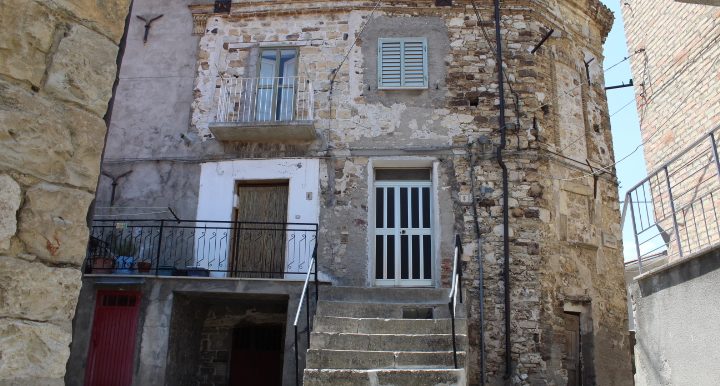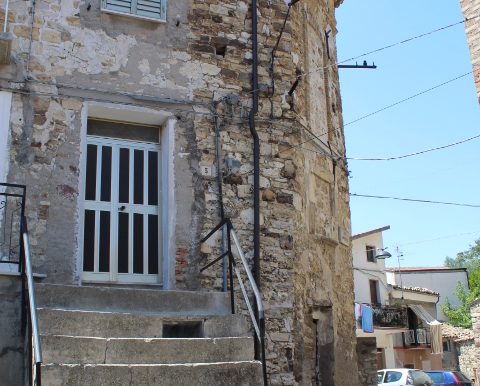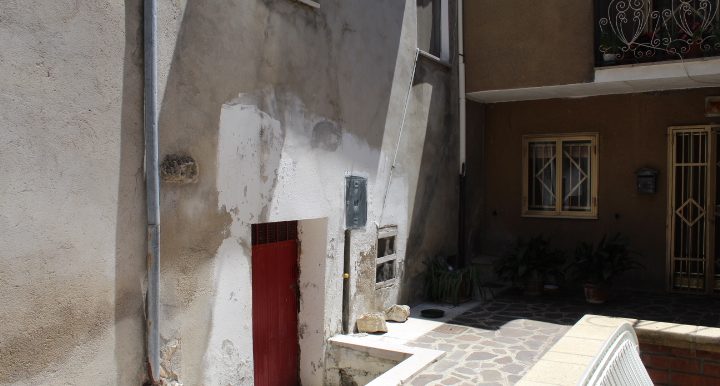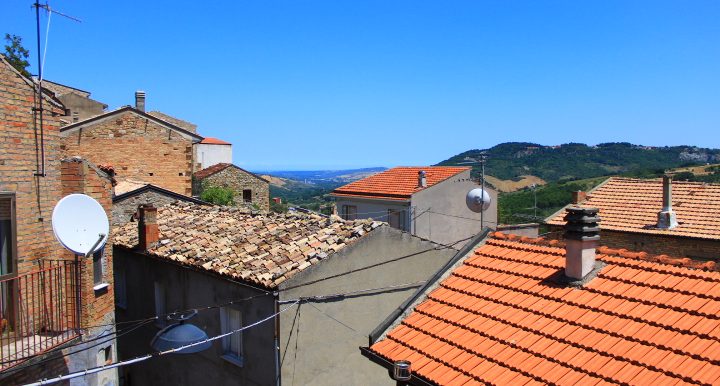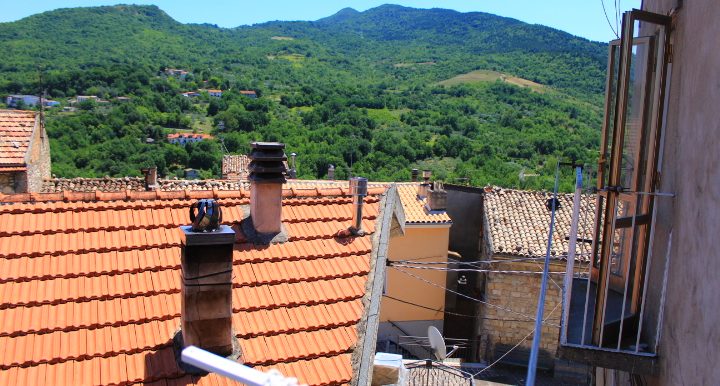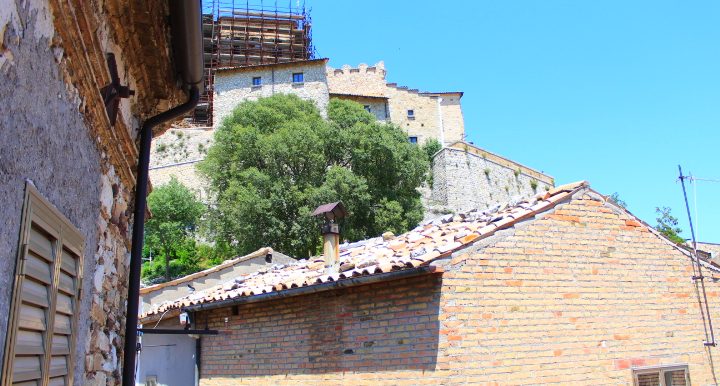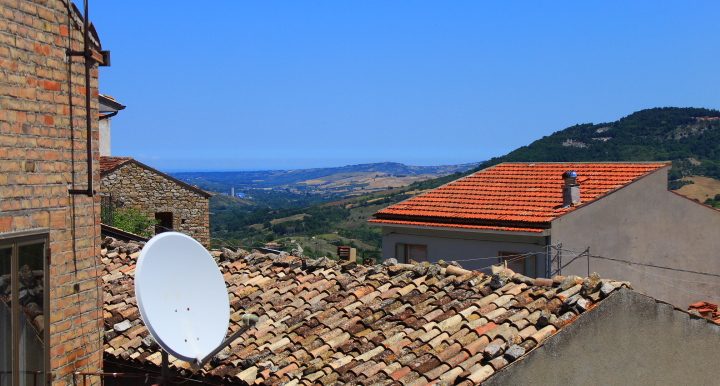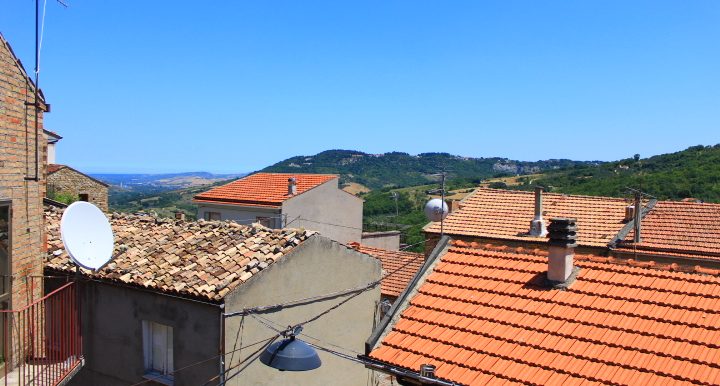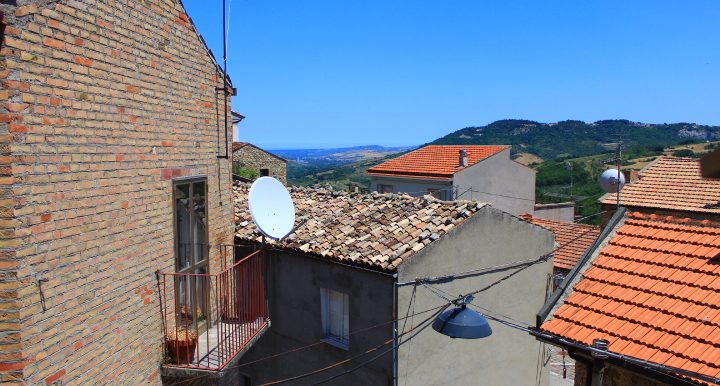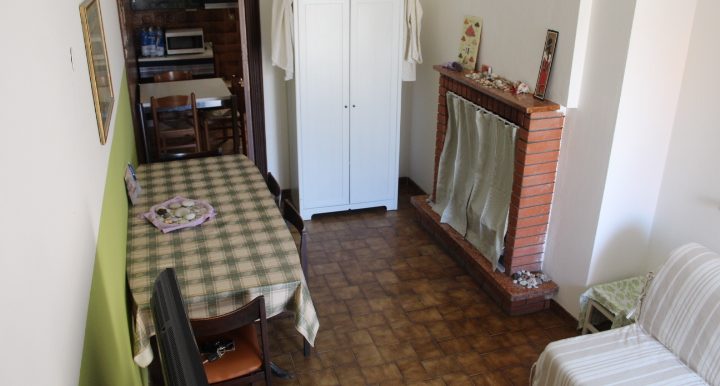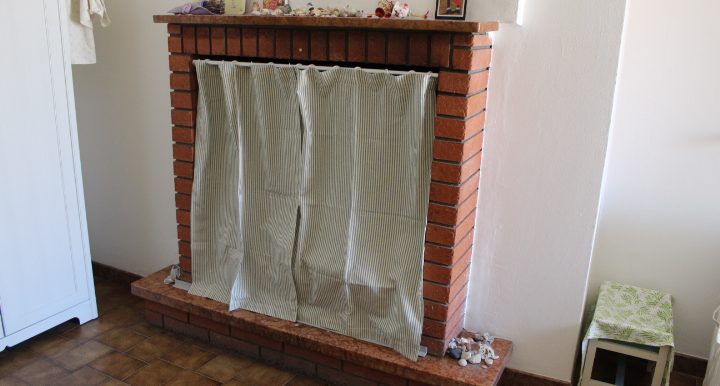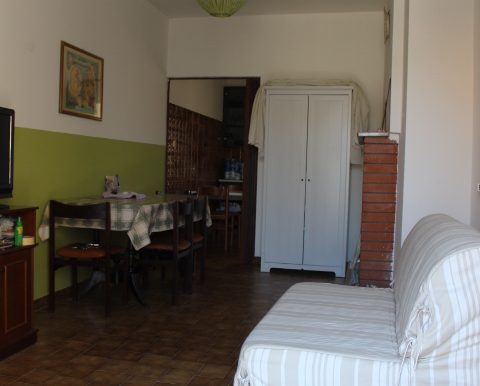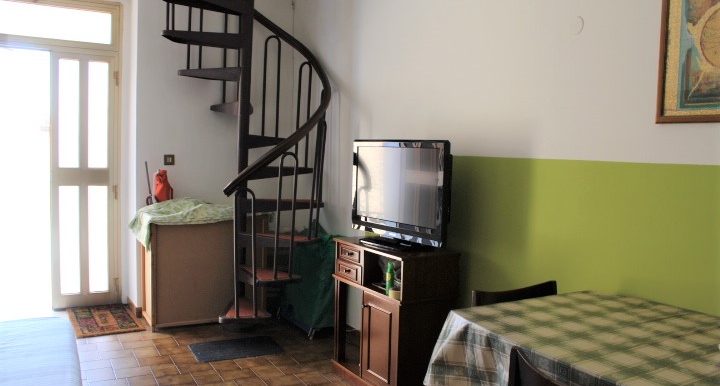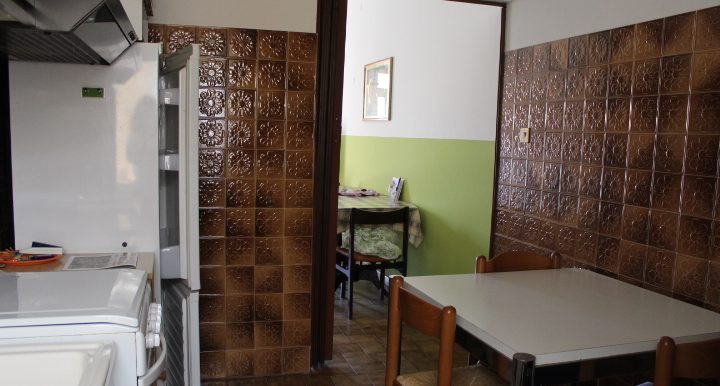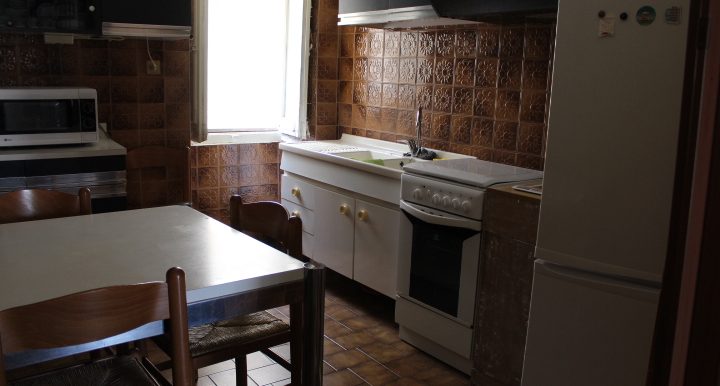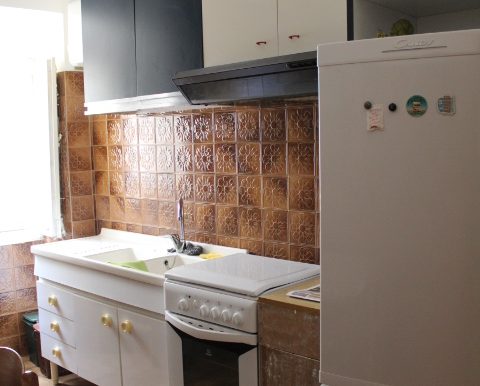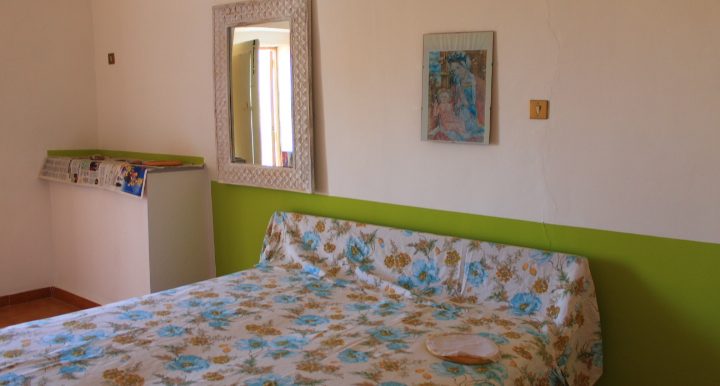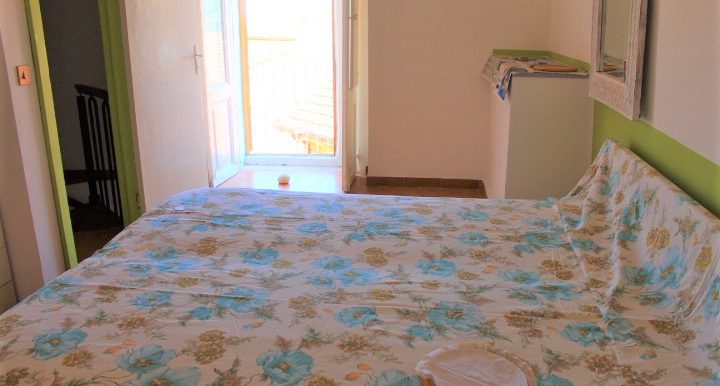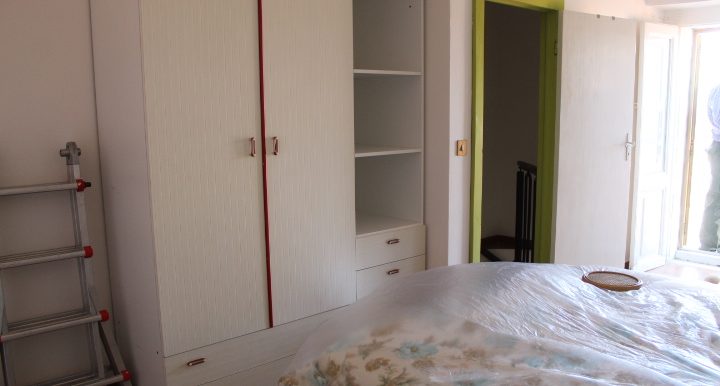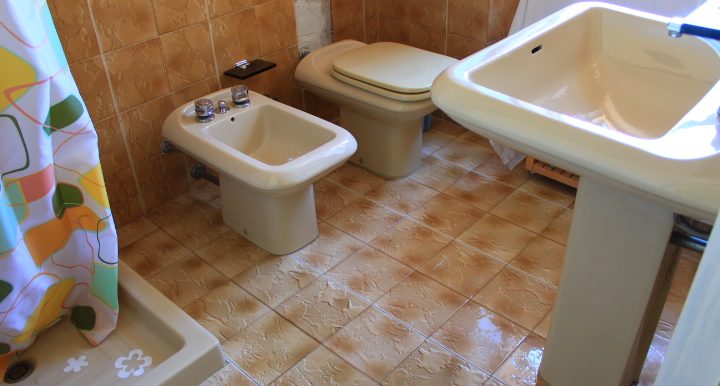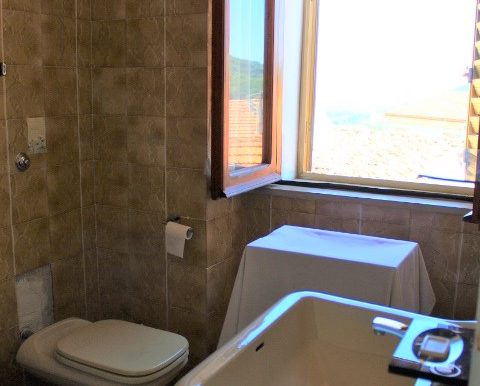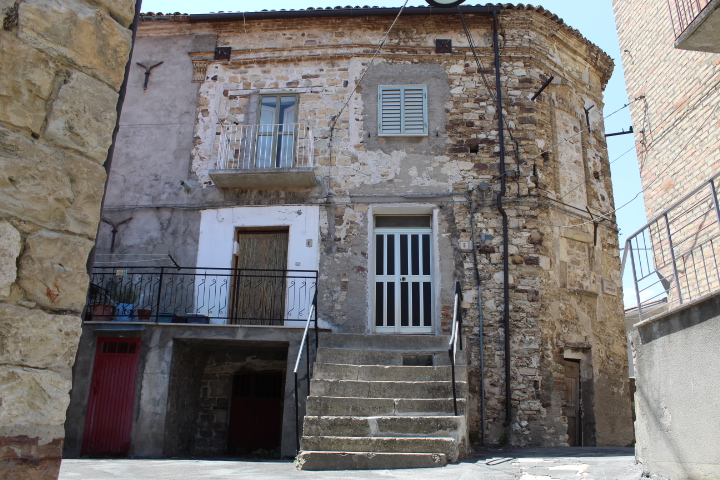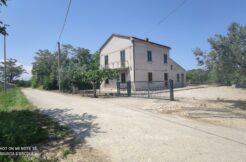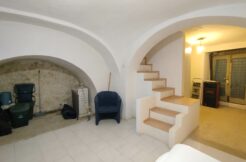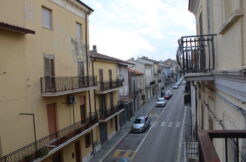Property ID : 1194
Sale €27.000,00 - Fireplace, Casa Antica, Village house, Stone house
Stone house of the 1850 In Carpineto Sinello - Historical charm a stone's throw from the castle!
In the heart of an authentic and suggestive Abruzzese village, We offer for sale a delightful stone house, perfect as a holiday home or relaxing retreat amidst nature, history and breathtaking views.
A stone's throw from the medieval castle and the town center, with a panoramic sea/mountain view that offers emotions in every season.
Composition: Entrance to living room with fireplace, Kitchen, Two bedrooms and bathroom upstairs, Terra piano canteen with autoclave.
Roof redone in 2017 – ready to be inhabited!
Surface,es: 59 m
Class energetica: F
Price: € 27.000 treatable
Distances: 30 minutes from the Adriatic Sea, 1h10 min from Pescara airport, 3h20 min from Rome Fiumicino
Piccolo investimento, great emotional value.
Let it be a summer refuge, a winter nest or a base to discover authentic Abruzzo, this house is a rare opportunity for those who love stone, the villages and tranquility.
📞 Contact me for info and visits! 333 6982314
Carpineto Sinello
Town in the province of Chieti in Abruzzo, it owes its name to the nearby river Sinello and the black hornbeam forest.
The town is located on a hill on the slopes of Monte Sorbo. The center dominates the valleys of the Sinello river and the Ferrato torrent. Among the various centers that dominate the Sinello river valley, Carpineto Sinello is the one that retains the greatest physical dependence on the proximity of the watercourse: the territory was very equipped with mills (the land offered abundant wheat, as well as olive oil and wine to be resold even outside the country) and the fishing was very active.
History
The first mention of the municipality is in 1156 when it is mentioned in the Catalogus Baronum when it was a fiefdom of Roberto di Monteferrante for favors of Symon conte di Sangro. In the twentieth century archaeological finds were found at the church of Santa Maria ad Sinellum which is still in 1568 while it is ruined in the XVIII century. Later it results from various successor feudal lords of the di Sangro after the fifteenth century (according to some scholars from 1576) including the Acclozzamora, the Pignatelli, Giulio Gesualdo, Girolamo Diaz and the Bassi, then related to the D’Alanno.
Monuments and sights
Fortified village of Policorvo
It is located in the hamlet of the same name. It is a small village of walled houses dating back to the 16th century. The houses are made of mountainous stone and brick and traces of fortification walls are preserved.
Ducal Castle
It is the symbolic monument of the medieval village. It is located on the top of the hill, and was built by the Normans in the 11th century. In the 15th century it was bought by Baron Michele Bassi and transformed into a ducal palace, noble residence. Today, however, the fortification elements can still be seen in the scarp masonry and in the lateral bastions. The building has an irregular square plan, very massive. The interior preserves Baroque frescoes, and has a cloister and horse stables.
Pig Museum
It is located at the old slaughterhouse, in the ascent of the castle. The museum offers a history of pig behavior, and the processing of the local ventricina salami.
Church of San Michele Arcangelo
It is the parish church, located next to the Castle. The church dates back to the 14th century with transformations during the 18th century, however the first news dates back to 1324 because of some tithes, the internal decorations date back to 1728 as proof an inscription placed on the portal jamb. The restorations were carried out according to the fashions of the time, covering the original internal walls. The bell tower was rebuilt in 1838 by the engineer Carlo Luigi Dau, while the floors are made in 1853 by Luigi Felice.
Kitchen
The typical dish is ventricina, that is a reddish salami with a spicy and aromatic taste.
Eventi
29 and 30 September: Feast of San Michele Arcangelo;
6 august wild boar festival;
12 and 13 agosto: Feast of San Vincenzo.

